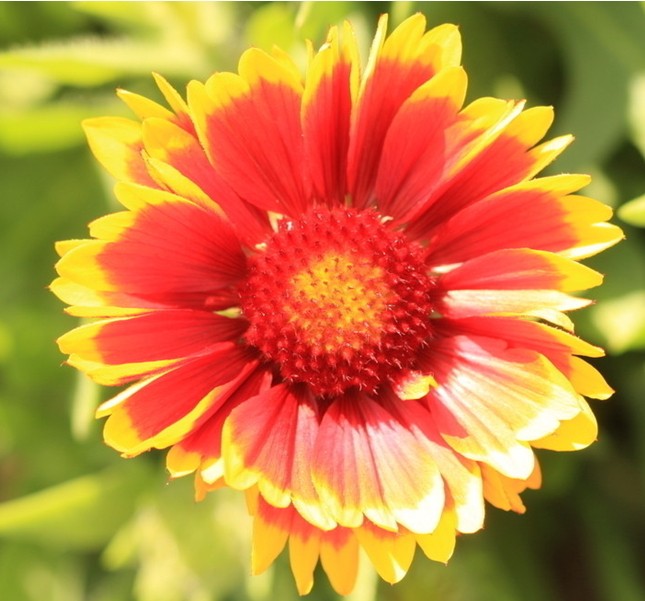Key points for the maintenance of Acorus calamus (Iris japonica)
The scientific name of Gladiolus (jade cicada, Japanese iris): iris ensata
Family and genus: Iridaceae
Morphological features: perennial perennial root tall water herbs. The rhizome is short and thick, and the fibrous roots are many and thin. The leaves are basic, linear, erect, with obvious middle ribs and smooth veins on both sides. The flower stem is often slightly higher than the foliage, with two flowers, large flowers, more than 15 cm in diameter, the flag petal is shorter than the vertical petal, yellow, bright red, blue, purple and so on, with blue, gray, black spots and stripes.
Ecological habits: like light; like dampness; cold resistance.
Florescence: from May to July.
Flower words: the news of love.
Garden use: suitable for planting in shady and wet forest edge, stream edge, riverside, pool edge, flower bed, flower border, cut flower.
Species identification: species of the same genus-Acorus tatarinowii (aquatic warbler tail) I. pseudacorus basal leaves are broadly sword-shaped, grayish green, with obvious ribs in the middle of the leaves, and have transverse reticular veins (which can be used as a point of identification with calamus when there is no flowering). The flower stem is often below the foliage, the flower diameter is 10 cm, the flower is yellow.
- Prev

How to cultivate zinnia
Hundred-day grass alias hundred-day chrysanthemum, step by step, fireball, number one red. Sex is full of sunshine. Avoid hot, better able to withstand semi-yin. It has the advantages of early drying tolerance, strong growth potential, strong adaptability and lax requirements on the soil, but it grows strong and has many flowers in the deep and fertile soil with good drainage. The optimum temperature for its growth is 20-25 degrees Celsius.
- Next

Cultivation methods of flax (safflower flax, large flax)
Flax (safflower flax, flax) scientific name: linumgrandiflorum morphological characteristics: annual herbs, plant height 40-50 cm. Stem erect, basally branched. Leaves alternate, grayish green, linear-lanceolate. Flowers solitary, pedicels slender, flowers pendulous, Corolla 5-lobed
Related
- Fuxing push coffee new agricultural production and marketing class: lack of small-scale processing plants
- Jujube rice field leisure farm deep ploughing Yilan for five years to create a space for organic food and play
- Nongyu Farm-A trial of organic papaya for brave women with advanced technology
- Four points for attention in the prevention and control of diseases and insect pests of edible fungi
- How to add nutrient solution to Edible Fungi
- Is there any good way to control edible fungus mites?
- Open Inoculation Technology of Edible Fungi
- Is there any clever way to use fertilizer for edible fungus in winter?
- What agents are used to kill the pathogens of edible fungi in the mushroom shed?
- Rapid drying of Edible Fungi

